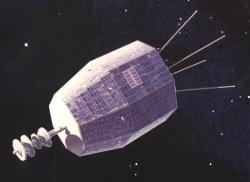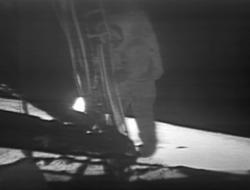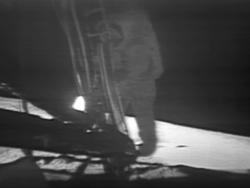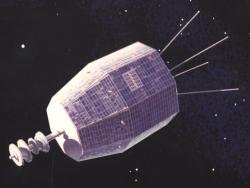On 23 November 1963, this site received the first transpacific transmission of a TV signal from Mojave earth station in California, U.S.A., via the Relay 1 communications satellite. The Ibaraki earth station used a 20m Cassegrain antenna, the first use of this type of antenna for commercial telecommunications. This event demonstrated the capability and impact of satellite communications and helped open a new era of intercontinental live TV programming relayed via satellite.
Telecommunications


The demonstrated success in space flight is the result of electronic technology developed at Cape Canaveral, the J. F. Kennedy Space Center, and other sites. A wide variety of advances in radar tracking, data telemetry, instrumentation, space-to-ground communications, on-board guidance, and real-time computation were employed to support the U.S. space program. These and other electronic developments provided infrastructure necessary for the successful landing of men on the moon in July 1969 and their safe return to earth.
Innovations

The demonstrated success in space flight is the result of electronic technology developed at Cape Canaveral, the J. F. Kennedy Space Center, and other sites. A wide variety of advances in radar tracking, data telemetry, instrumentation, space-to-ground communications, on-board guidance, and real…
Read More
On 23 November 1963, this site received the first transpacific transmission of a TV signal from Mojave earth station in California, U.S.A., via the Relay 1 communications satellite. The Ibaraki earth station used a 20m Cassegrain antenna, the first use of this type of antenna for commercial…
Read More

